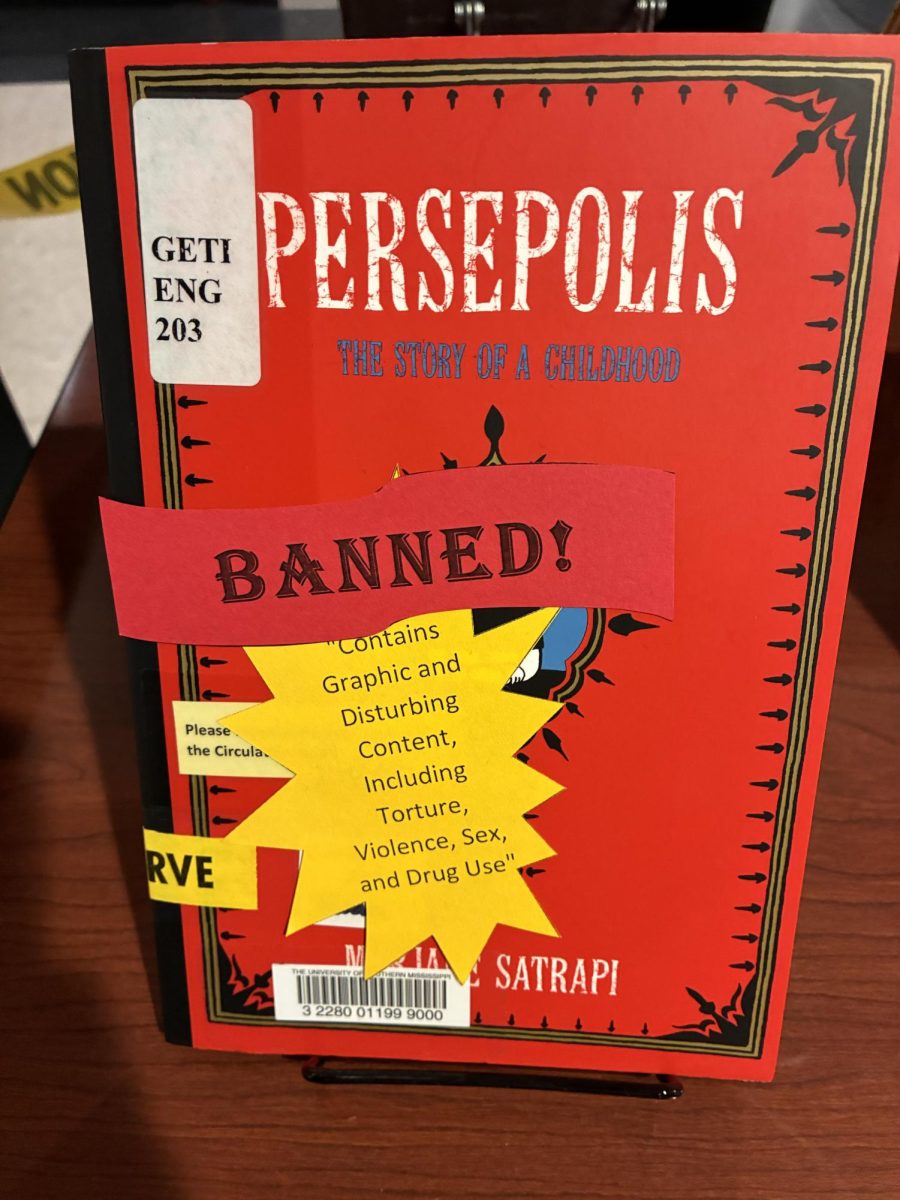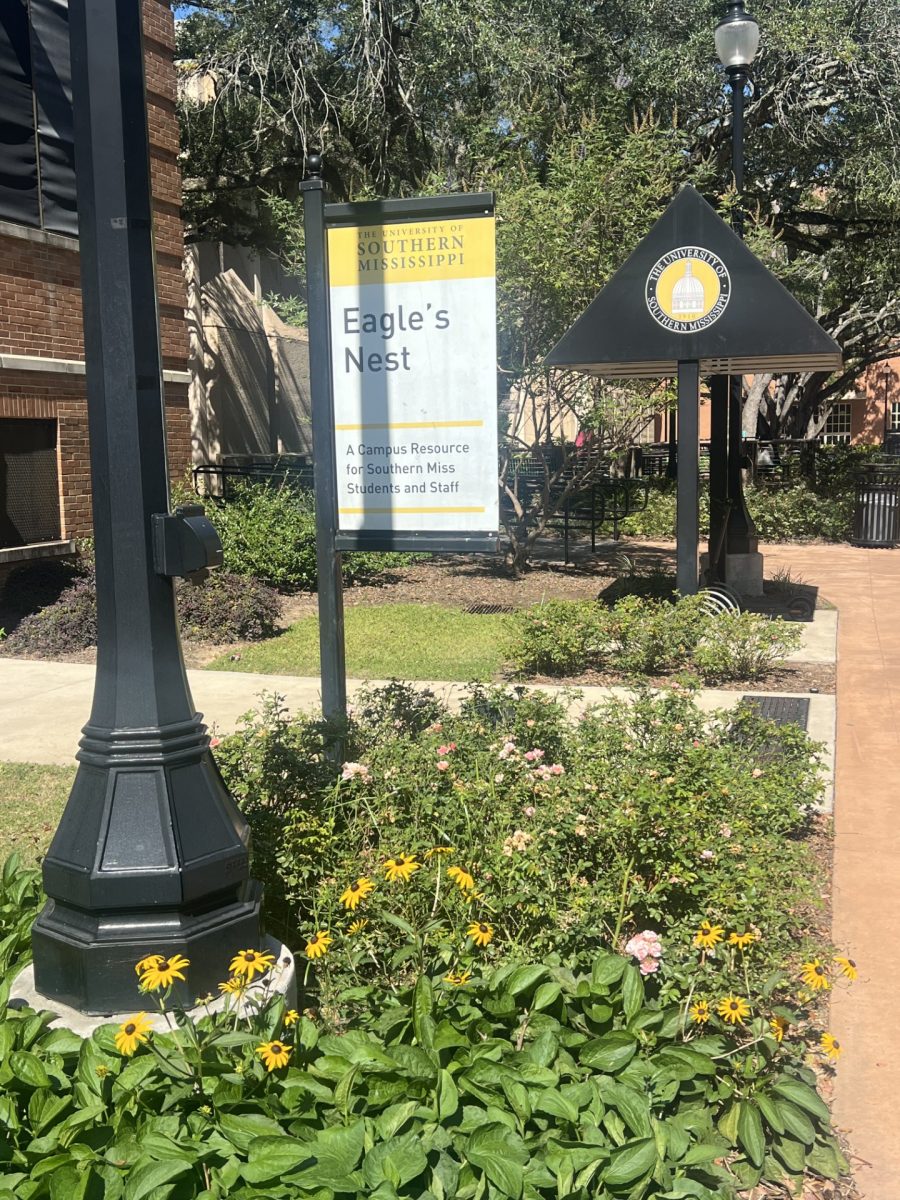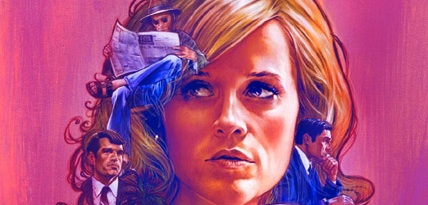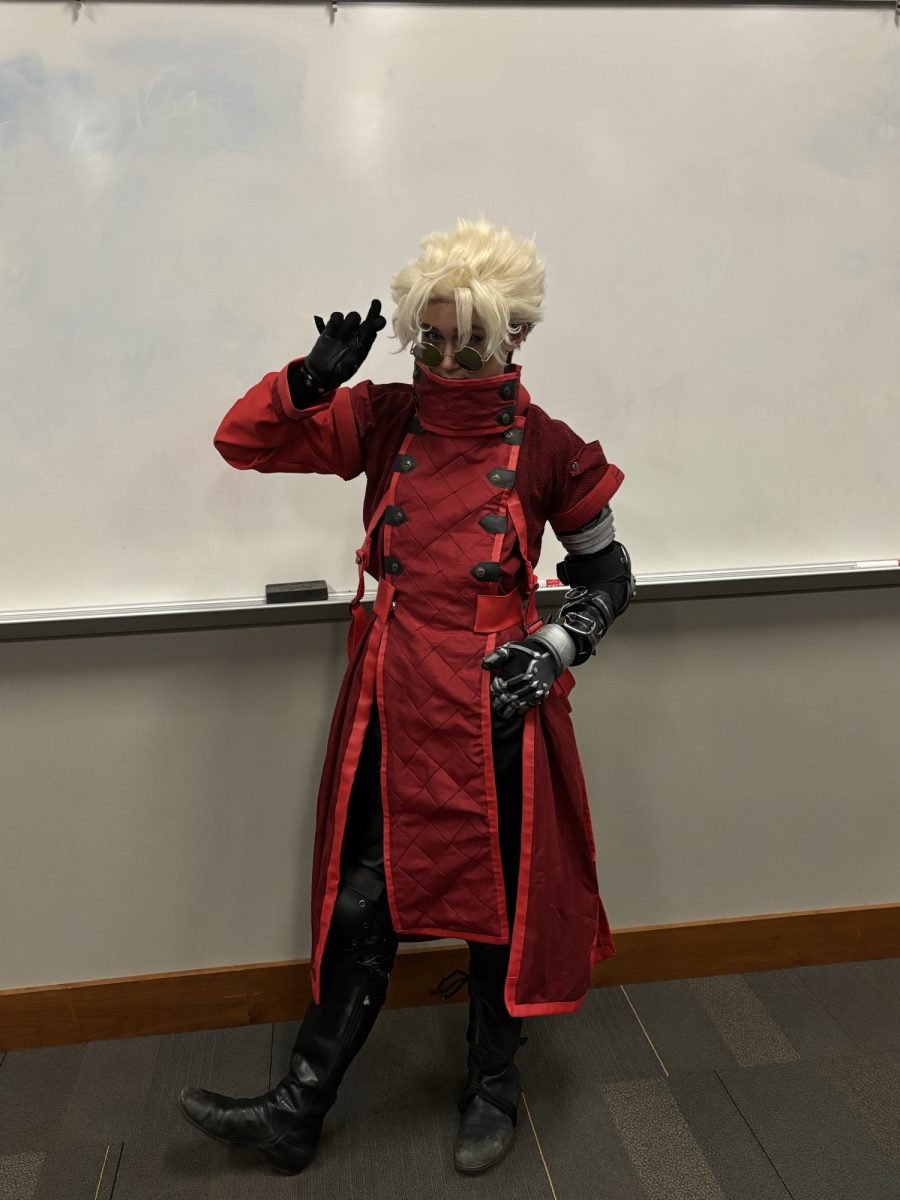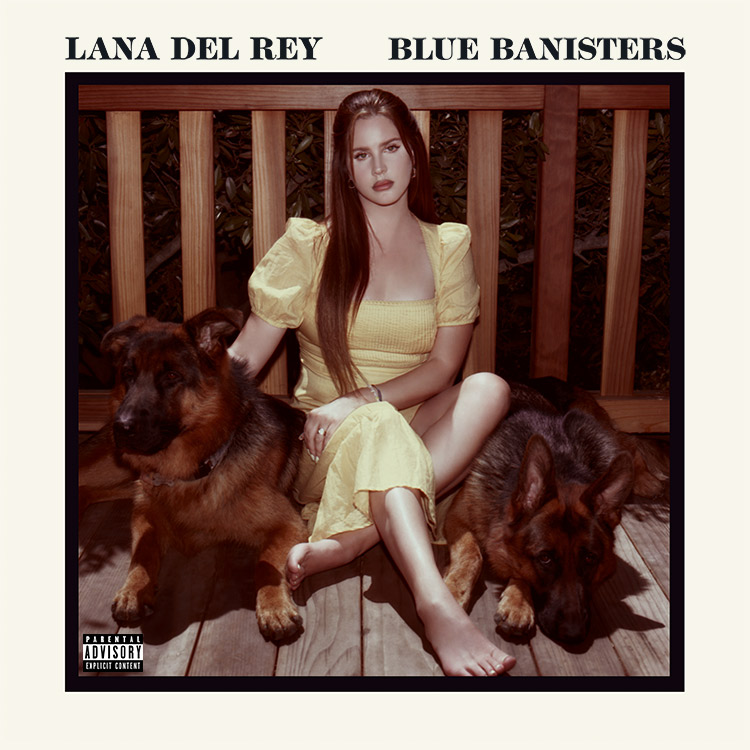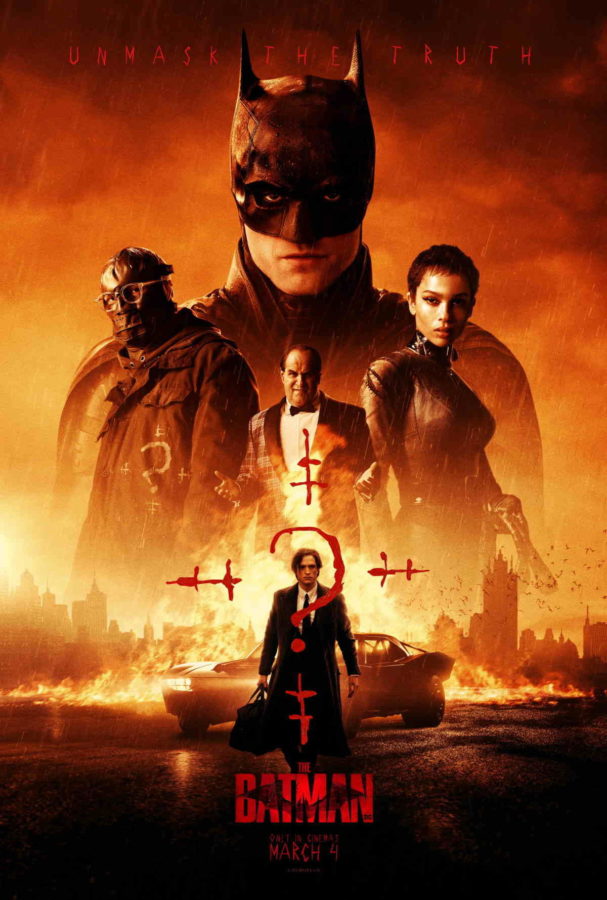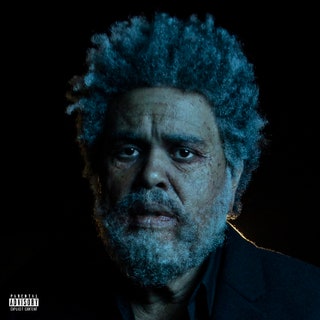How do you describe the end of an era? While people like to believe that life is shaped by isolated events that encapsulate monumental change, often the end of an era is a gradual shift from one phase of life to the next.
This idea of change, particularly the end of the hippie era, is what is examined in Paul Thomas Anderson’s film adaptation of the Thomas Pynchon novel “Inherent Vice.”
While I could try to condense the complex plot into a haphazard, surface-level summary, honestly the plot is not what drives “Inherent Vice.”
Though the multifaceted tale of a kidnapped real estate kingpin by a mysterious organization seen through the eyes of a paranoid and potentially hallucinating hippie private investigator is grossly interesting, the main plot of the film is never truly resolved, and the film is better for it.
Instead, the lack of concrete answers forces the viewer to focus more on the characters and the setting, which serve as far better conduits for the change the film presents.
By this point, you might be asking yourself, “what is all this supposed change that I’m supposed to care about?” The change is several things. It’s the characters’ relationships, the politics of the era, the physical landscapes and the dreams of the characters.
Throughout the film, the viewer observes the shifting political landscape of Los Angeles at the end of the 1960s counterculture movement through the drug-addled vision of the protagonist, private investigator Larry “Doc” Sportello. Through Doc’s eyes, the viewer watches as capitalism destroys the hippie dream.
One of the most powerful aspects of the film is the magnificent acting and the relationships that the characters have. Despite a lack of insight into the history that the characters share, Anderson and his fantastic cast are able to give their relationships an incredible amount of depth without making the characters seem unbelievable or unrelatable.
Every actor delivers great work, particularly Joaquin Phoenix and Josh Brolin, whose chemistry is one of the brightest moments of the film.
This is particularly exemplified in Sportello’s complicated relationship with his ex-lover Shasta Fay Hepworth. She is the one that sets the events of the film into motion, and from the very beginning, it is obvious that their relationship is a potent blend of love, nostalgia and distrust.
Another strength of the film is the beautiful cinematography and set dressing, which wonderfully capture both the brightness of the Californian setting and also the dark and seedy aspects of the world being investigated.
Though I have mostly focused on the “big ideas” of the film, do not let that overwhelm you or deter you from seeing this film.
Yes, the film is set on a large scale and it does focus on the darker aspects of life and the inevitability of change, but it also manages to take those heavy themes and approach them with a ridiculous amount of humor and lightheartedness.
“Inherent Vice” is an encapsulating experience. From the onset of the film the viewer is engulfed in the decaying dream of ‘60s counterculture, and, just like Sportello, as the journey winds to a close, you leave a different person.

